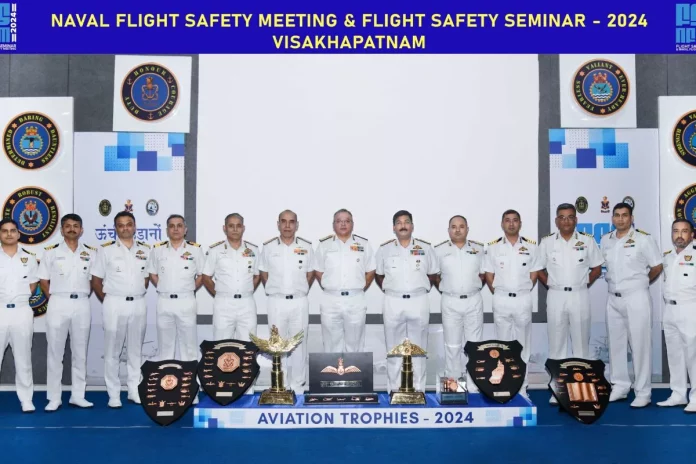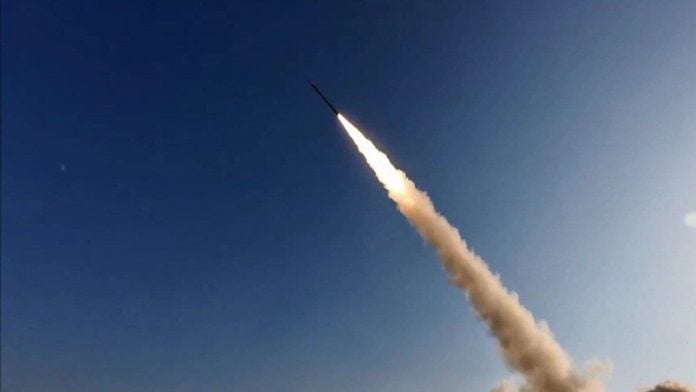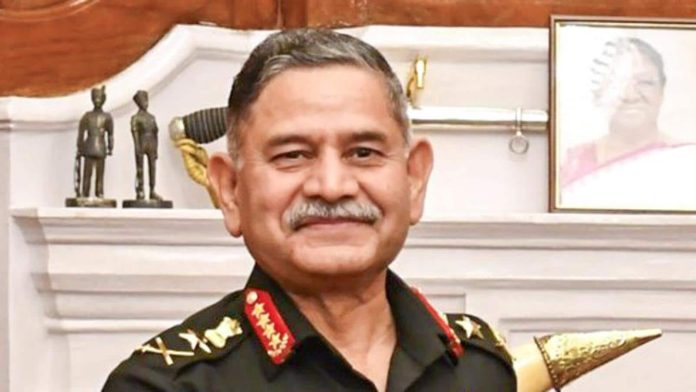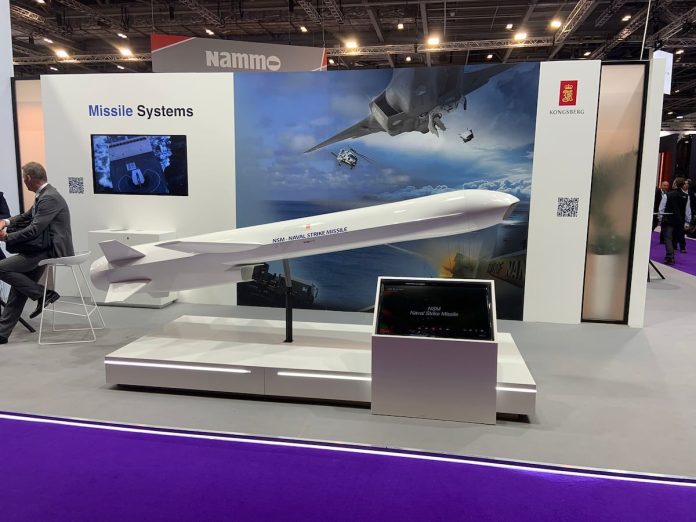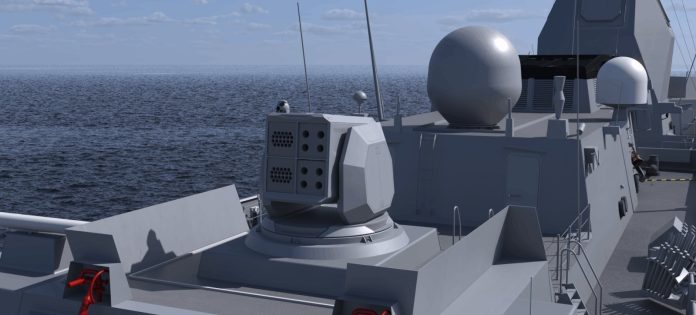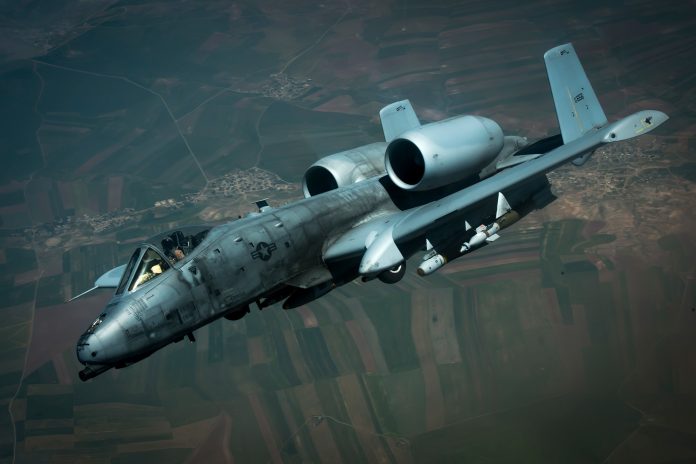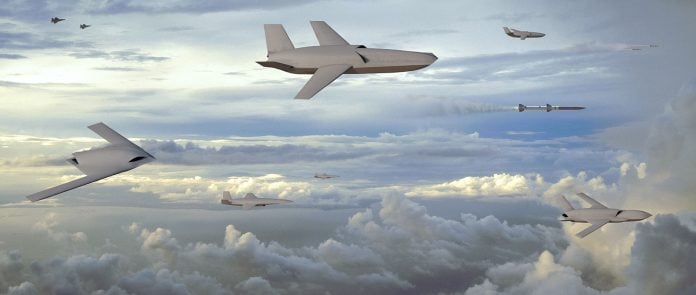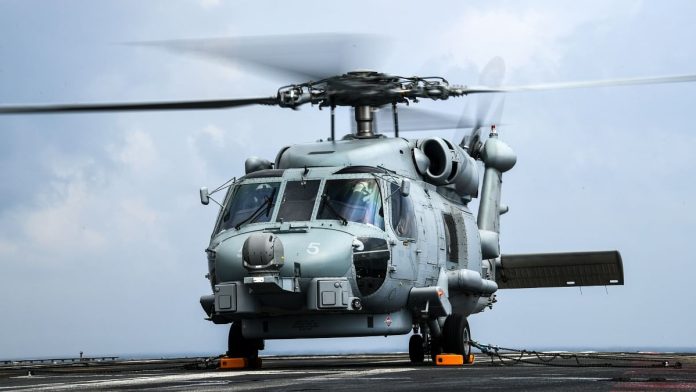The Flight Safety Seminar (FSS) and Annual Naval Flight Safety Meeting (NFSM) for 2024 have successfully concluded at INS Dega in Visakhapatnam, organized by Headquarters Eastern Naval Command. This year’s gathering revolved around the theme “Emerging Threats and Challenges – Naval Air Operations and Compliance with Flight Safety,” reflecting the growing complexity and dynamic nature of Naval Aviation safety today.
The seminar brought to the forefront critical issues that significantly impact contemporary naval operations. Experts delved into advancements in counter-unmanned aerial vehicle (UAV) and unmanned aircraft system (UAS) technologies and tactics, highlighting the need for the naval forces to stay ahead of potential threats. The discussions also extended to cyber security risks that jeopardize aviation operations, with an emphasis on countermeasures designed to protect aircraft systems from these vulnerabilities.
A pivotal session focused on managing emerging operational risks. This segment underscored the necessity of shared vigilance among India’s defence services to safeguard aerial assets effectively. Participants engaged in meaningful exchanges about the importance of adopting proactive and adaptable safety protocols that cater to the unique challenges faced by Naval Aviation in the modern operational landscape.
The seminar also witnessed the participation of representatives from the Indian Army, Indian Air Force, Indian Coast Guard, and defense organizations, including Hindustan Aeronautics Limited (HAL). Their presence highlighted a collaborative approach toward enhancing flight safety standards across the armed forces, exemplifying the commitment to a unified strategy in confronting the multifaceted threats posed to naval aviation.
Overall, the successful conclusion of the FSS and NFSM signifies a crucial step towards reinforcing flight safety measures and preparing the naval forces for future challenges in the realm of air operations. The insights gained during this event are expected to influence ongoing safety protocols and operational strategies within the Indian Navy and allied defense services.

